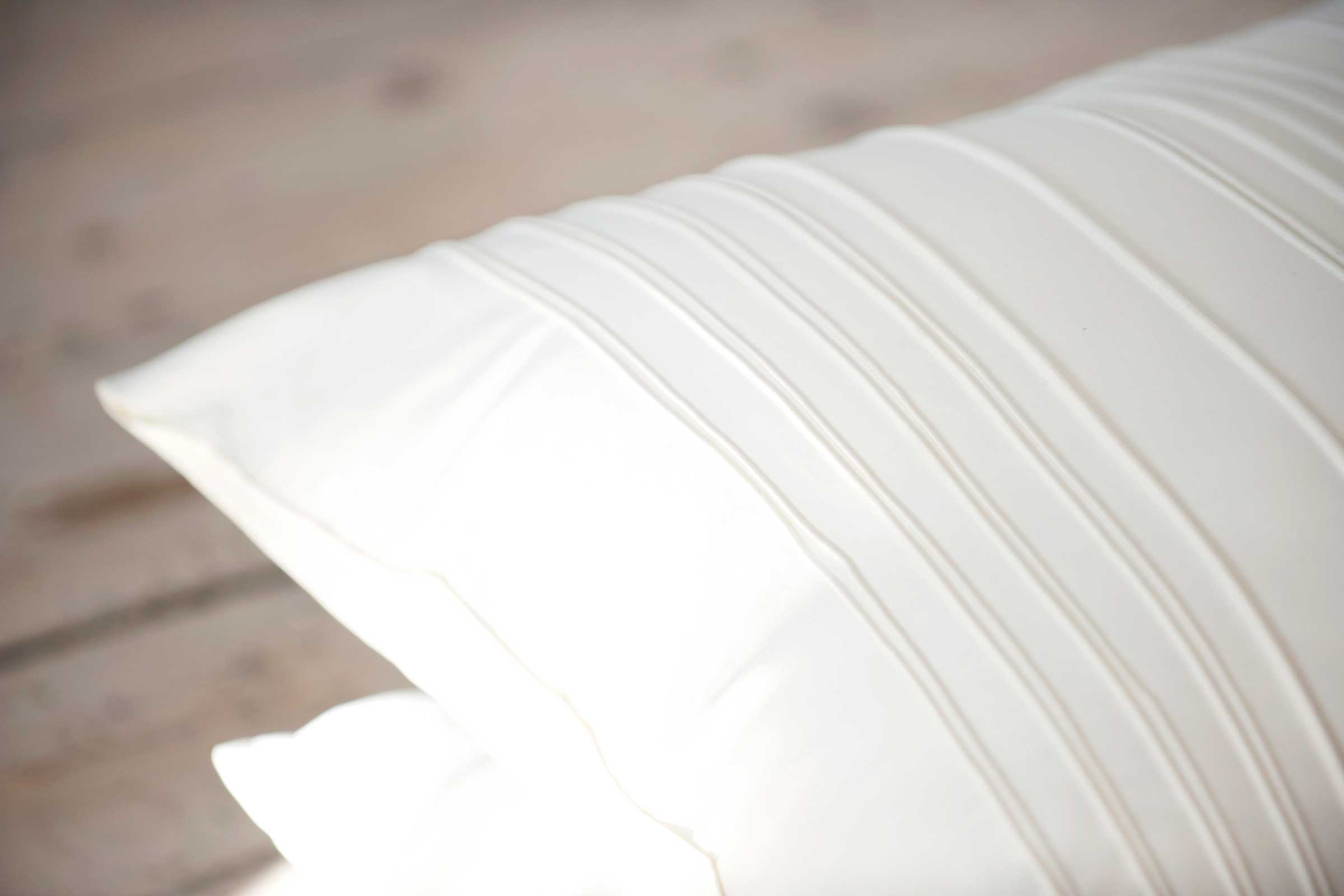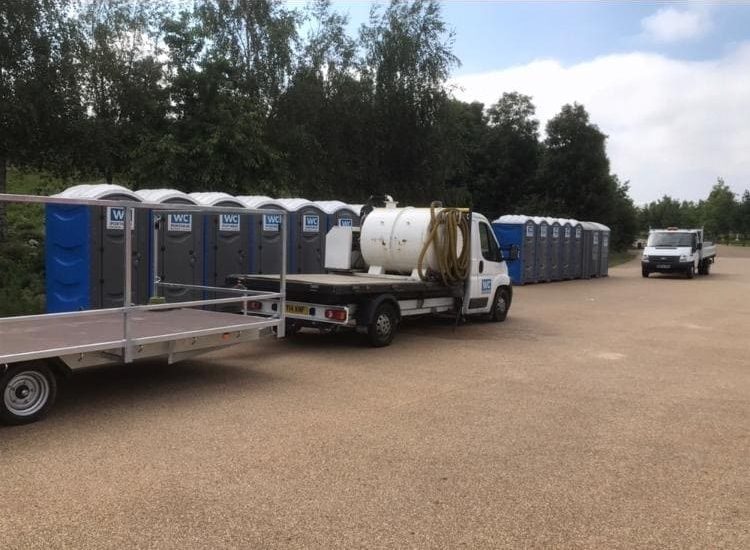We live in a world where some are very health conscious and others feel their immune system can withstand any germs. Regardless of which side you belong to, it is important to know the toilet seat is not the dirtiest object in the world. There is no doubt public toilets are a convenient residence for known and unknown bugs. With usual culprits like staphylococcus, streptococcus, E. coli and shigella bacteria and hepatitis. Some rhinoviruses or coronaviruses are known for the common cold. Some people also believe the toilet seat are playgrounds for organisms responsible for STDs like gonorrhoea or chlamydia. There are items that rank higher in the dirt league table than a public toilet seat. You’ll be shocked by some of the everyday objects that contain more germs than the less-heralded toilet seat.
Here are some objects that contain more germs than the toilet seat.
- Toothbrushes: Our toothbrushes are usually located in the bathroom. It is one item in life we use daily. Some brush once a day while others are happy to use the toothbrush twice a day. Researchers from the University of Manchester in England and the University of Alabama at Birmingham, have discovered that toothbrushes are commonplace or breeding ground for more than 100 million bacteria like the familiar staphylococci and E. coli bacteria. It is quite scary knowing that our toothbrush usually ends up in our mouth daily. A lot of germs transfer happens when you flush. Did you know germs can go up to six feet in the air and linger for over two hours before settling on nearby objects such as the toothbrush? This is why the toothbrush is believed to contain more germs than the derided toilet seat.
- Kitchen Sponge: Not all homes have dishwashers and some individuals prefer doing the dishes with a sponge. It will amaze you the number of bacteria or germs that an average kitchen sponge contains. Several studies have been carried out on toilet sponges and one of such research projects focused on 14 different used kitchen sponges. Findings from the researchers revealed over 54 billion bacteria per cubic centimetre, covering about 118 categories. This is quite a large amount of bacteria taking residence in our toilet sponge. Although, majority of these germs are considered harmless to humans which will bring some degree of relief to us all. Some of the range of bacteria discovered include the usual suspects Salmonella, Staphylococcus, Klebsiella and E. coli. They are usually located on the surface and glaring spaces of the sponge.
- Pillows: Most people sleep with a pillow or two. Whilst a few can’t go to bed until they’ve mounted a minimum of three pillows. The benefits of sleeping with a pillow can never be underestimated. We know they are great in aligning our upper body during sleep, reducing tension and ensuring balance across the major points in our body. Overall, choosing the appropriate pillow can ensure our spine rests comfortably. With these benefits also come with some disadvantages when pillows are not effectively looked after. Researchers studied the pillows and mattress of over 50 college students and findings from the study revealed that an average pillow contained about 350,000 potentially active bacteria colony. It is great to note that the majority of these germs were unharmful but the research discovered a few that had toxic and fatal capabilities. There were also over 100,000 potentially active mould and yeast colonies operating on the surface of the pillows. Failing to regularly wash your sheets and changing your pillow could attract more bacteria that have the potential to disrupt your sleep.
These are some of the everyday items or objects that are dirtier than a toilet seat. Other items not mentioned above include shower heads, elevator buttons, mattresses, refrigerator and many more.




